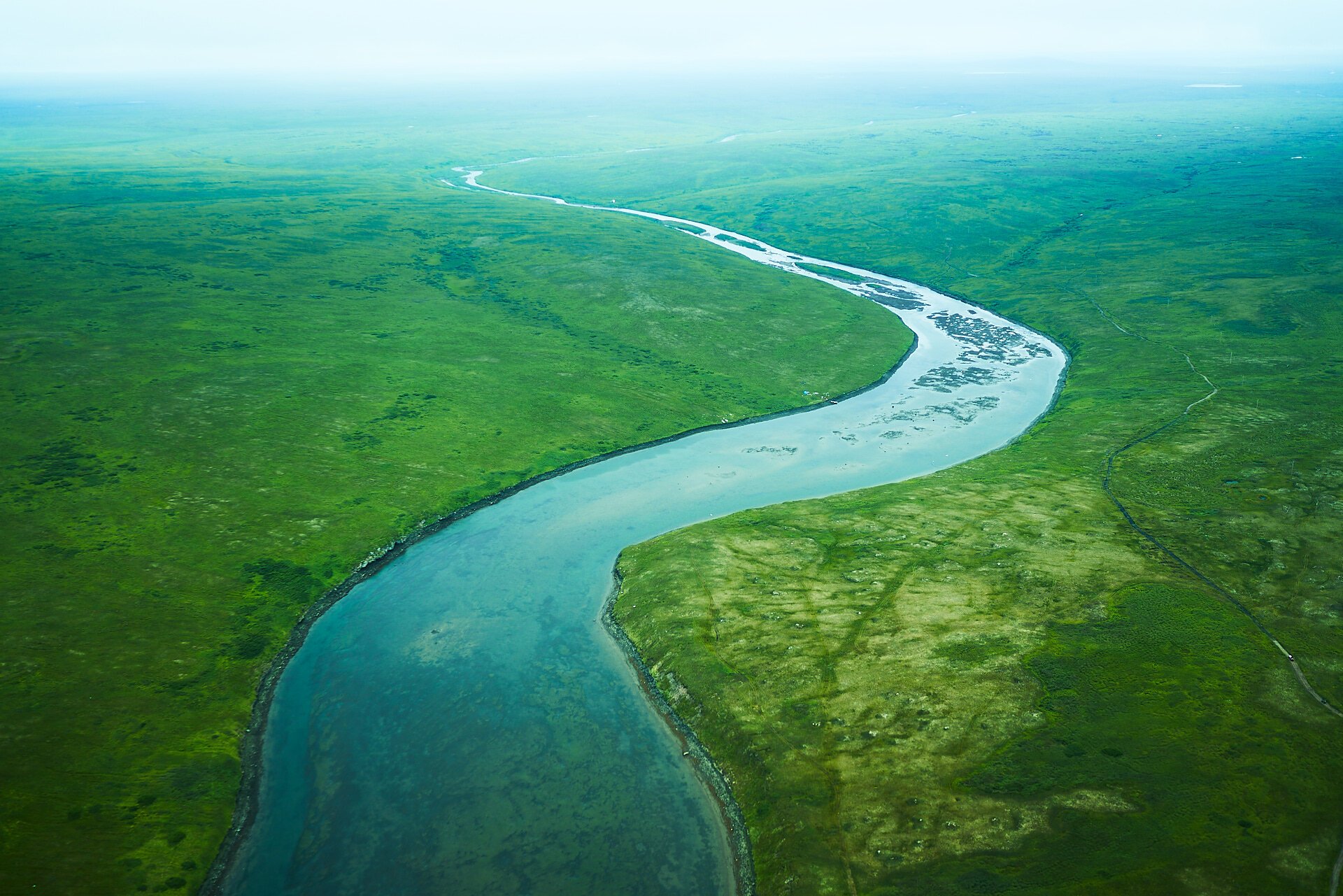MEKORYUK, USA
Off the far west coast of Alaska in the Bering Sea lies Nunivak Island, a 1600 square mile remote island of volcanic tundra and coastal cliffs. First settled over a thousand years ago, the population of the island has fallen sharply from nearly a thousand to two hundred through disease and emigration. Those who remain live in the native Cup’it village of Mekoryuk on the north coast. Residents here persevere through the collision of tradition and modernity on a daily basis.
As one of the last native communities to come under western influence but one that has embraced it more fully than many others, a number of factors converge to make the island a powerful study of identity in the face of constant transition: a generation of Cup'ig youth navigating two economically and philosophically divergent cultures, a tight-knit Christian community combating decades of substance-use disorders, a threatened subsistence lifestyle and unique language, the rapid onset of social media exacerbating both connection and isolation, severe climate change, emigration in pursuit of opportunity, and a growing reindeer operation that promises wider economic prosperity.
As we enter a period of unprecedented change via climate, globalization, and technology, questions of identity and how to navigate these new paradigms have become central to my own understanding as a first generation Asian-American.
The images and portraits below were taken during four separate visits as part of a multi-year project.
-
Dedicated to my sister, Colleen Cheng, and Harvey Whitman of Mekoryuk, both of whom left behind many loved ones trying to pick up the pieces.



















































